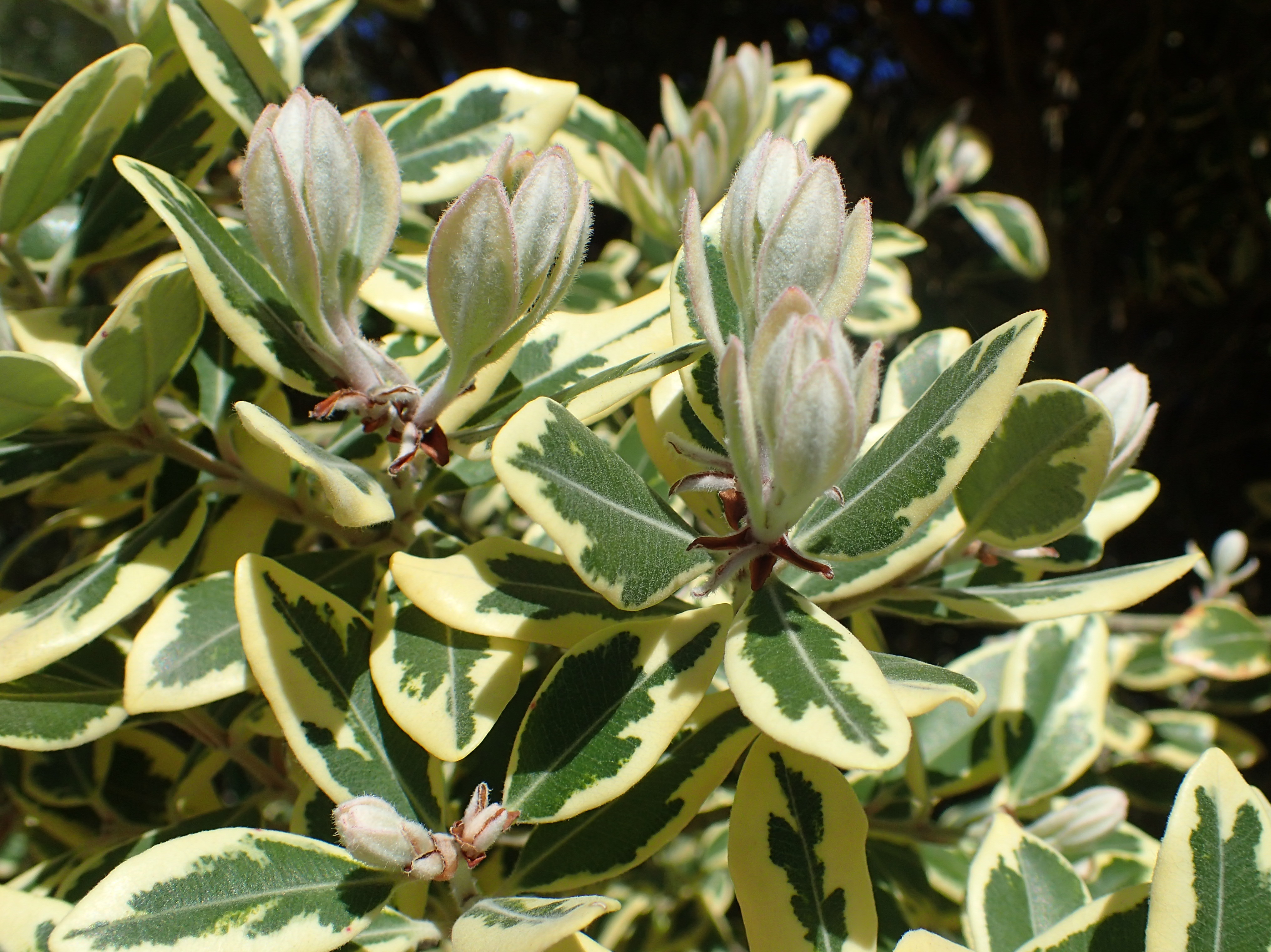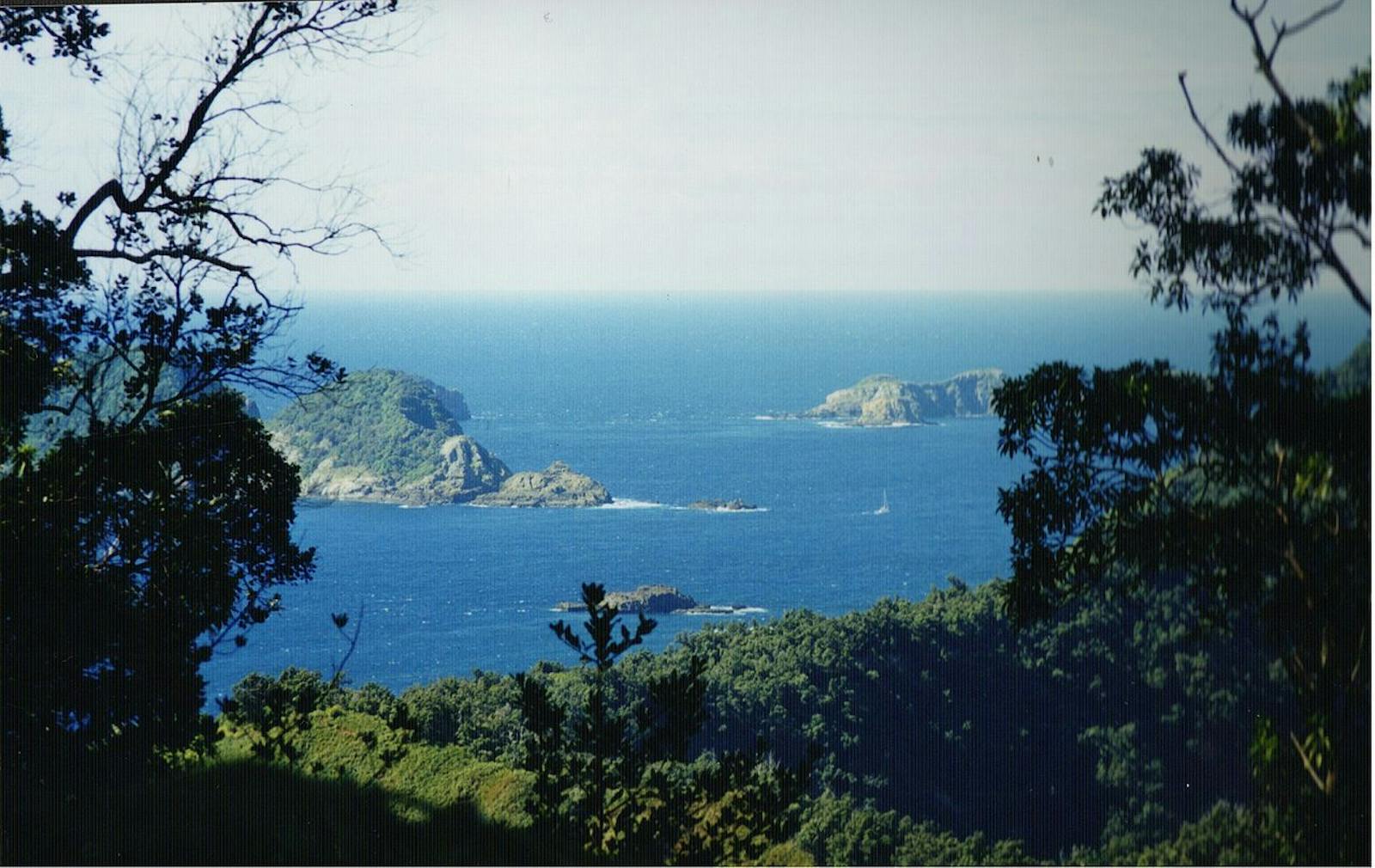Kermadec Islands Subtropical Moist Forests
The ecoregion’s land area is provided in units of 1,000 hectares. The conservation target is the Global Safety Net (GSN1) area for the given ecoregion. The protection level indicates the percentage of the GSN goal that is currently protected on a scale of 0-10. N/A means data is not available at this time.
Bioregion: Fiji & Tongan Tropical Islands (OC6)
Realm: Oceania
Ecoregion Size (1000 ha):
3
Ecoregion ID:
624
Conservation Target:
100%
Protection Level:
11
States: Area Outside Territorial Authority/New Zealand Outlying Islands
The remote Kermadec archipelago occurs in an island chain of 13 small islands 1,000 km northeast of North Cape, New Zealand. These forested islands are a stepping stone for Pacific Island and New Zealand plants and animals. Largely forested in the past, they were home to millions of seabirds as there were no native land predators, including rats. Raoul (29 km2) and Macauley Islands (3.1 km2) comprise more than 95% of the archipelago’s land area.

The flagship species of the Kermadec Islands Subtropical Moist Forests ecoregion is the pōhutukawa tree (Metrosideros kermadecensis).
The islands are predominately forested typically with a 10 to 15 m canopy of red-flowered Metrosideros kermadecensis (Pōhutukawa tree or New Zealand Christmas tree) dominating with a few other taller species, such as Ascarina lanceolata, Melicytus ramiflorus, Notho-panax kermadecensis, the tree ferns Cyathea milnei and Cyathea kermadecensis, Suttonia kermadecensis, and Coprosma acutifolia. Metrosideros villosa, Myrsine kermadecensis, Lobelia anceps, Poa polyphylla, Coprosma acutifolia, and Coriaria arborea make up some of the understory plants in lower forests. Metrosideros villosa becomes more dominant in drier forests. Though the islands reach to just over 500 m, the montane forests are cloudier and mossy with a distinct understory of Ascarina lucida, Melicytus ramiflorus, Pteris comans, and the endemic Nikau palm (Rhopalostylis baueriana). Epiphytic ferns are a distinct feature of the higher elevation forests.
The Kermadec flora has 52 native species of moss, 89 species of fungi, and 117 species of native vascular plants, of which 23 are endemic. Affinities with flora in New Zealand predominate, though a small number hail from the tropical Pacific. The red-flowered Poor Knights lily (Xeronema callistemon) is a spectacular archipelagic endemic. There are no native land mammals or reptiles.
%20Wikipedia.jpg)
Red-flowered Poor Knights lily (Xeronema callistemon).
Only a handful of land birds were present, including the tūī, pūkeko, the spotless crake, silver-eye, Kermadec red-crowned parakeet, two migrant cuckoos, the New Zealand pigeon, and a kingfisher. Millions of seabirds representing at least 14 species originally used the islands for breeding and resting. The islands are centers of breeding for the Kermadec petrel, Kermadec shearwater, white-naped petrel, and black-winged petrel.
Forests were largely lost through the feeding of introduced goats and pigs. Introduced cats and rats decimated seabird and landbird populations. Seed predation by rats, combined with competition from hundreds of introduced and invasive plants, has heavily altered plant assemblages. A number of species have likely been lost, as suggested by there being only a single specimen in the wild of the white-flowered vine Tecomanthe speciose.
The Kermadec Islands were gazetted a Flora and Fauna Reserve in 1937 and in 2015, surrounded by the Kermadec Ocean Sanctuary of 620,000 km2. They are an Important Bird Area. Invasive goats, pigs, cats, and rats have been eradicated from several islands with marked improvements in seabird colonies and rebounding of natural vegetation. For example, the Kermadec parakeet has reappeared on Raoul, and new seabird colonies have been established.
Priority conservation actions for the next decade
- Continue to remove rats, cats, and goats from the islands.
- Continue to control and remove persistent invasive plant species, such as Mysore thorn, guava, passionfruit, and buttercup.
- Maintain ex-situ populations of rare and threatened plants for eventual reintroduction.
-
-
- Mueller-Dombois D, FR Fosberg. 1998. Vegetation of the Tropical Pacific Islands. Springer Press, New York.
- Taonga, New Zealand Ministry for Culture and Heritage. 2018. Te Manatu.
- Kermadec Islands–Te Ara Encyclopedia of New Zealand https://teara.govt.nz/en/kermadec-islands. teara.govt.nz. Retrieved 15 July 2018.
- Sykes WR, CJ West, JE Beever, AJ Fife. 2000: Kermadec Islands flora: a compilation of modern materials about the flora of the Kermadec Islands. Special edition. Manaaki Whenua Press, Landcare Research, Lincoln. 216 p.
-
Cite this page: Kermadec Islands Subtropical Moist Forests. Ecoregion Snapshots: Descriptive Abstracts of the Terrestrial Ecoregions of the World, 2021. Developed by One Earth and RESOLVE. https://www.oneearth.org/ecoregions/kermadec-islands-subtropical-moist-forests/
-



